How Real Teachers Learn to Engage All Learners
Other Works by Sarah J. Noonan
The Elements of Leadership
Leadership Through Story
How Real Teachers Learn to Engage All Learners
Sarah J. Noonan
Rowman & Littlefield Education
A division of
ROWMAN & LITTLEFIELD PUBLISHERS, INC.
Lanham New York Toronto Plymouth, UK
Published by Rowman & Littlefield Education
A division of Rowman & Littlefield Publishers, Inc.
A wholly owned subsidiary of The Rowman & Littlefield Publishing Group, Inc.
4501 Forbes Boulevard, Suite 200, Lanham, Maryland 20706
www.rowman.com
10 Thornbury Road, Plymouth PL6 7PP, United Kingdom
Copyright 2013 by Sarah J. Noonan
All rights reserved . No part of this book may be reproduced in any form or by any electronic or mechanical means, including information storage and retrieval systems, without written permission from the publisher, except by a reviewer who may quote passages in a review.
British Library Cataloguing in Publication Information Available
Library of Congress Cataloging-in-Publication Data
Noonan, Sarah J., 1949
How real teachers learn to engage all learners / Sarah J. Noonan.
pages cm
Includes bibliographical references.
ISBN 978-1-4758-0459-1 (cloth : alk. paper) ISBN 978-1-4758-0460-7 (pbk. : alk. paper) ISBN 978-1-4758-0461-4 (electronic) 1. Effective teaching. 2. Teacher effectiveness. 3. Learning. 4. Motivation in education. I. Title.
LB1025.3.N66 2013
371.102dc23 2013016940
 The paper used in this publication meets the minimum requirements of American National Standard for Information SciencesPermanence of Paper for Printed Library Materials, ANSI/NISO Z39.48-1992.
The paper used in this publication meets the minimum requirements of American National Standard for Information SciencesPermanence of Paper for Printed Library Materials, ANSI/NISO Z39.48-1992.
Printed in the United States of America
Foreword
How Real Teachers Learn to Engage All Learners will become a valued resource to educators, whether they are just beginning their careers or possess the experience of veteran teachers. Real teachers provides not only foundational knowledge about teaching and learning but also reminders regarding the characteristics of exceptional teaching. In addition, Noonan challenges educators to critically examine their current practices, providing specific guidance to enable educators to extend and refine their instructional practices.
Noonan suggests teachers must actively engage in inquiry, experimentation, and critical reflection to continuously develop their professional skills and talents and, thereby, increase student engagement and success in learning. She contends unexamined teaching beliefs and habits result in practices highly resistant to change. Improvement in practice evolves from reflection on teaching performance and a willingness to learn from experience. REAL, Noonans model for teacher learning, illustrates the experiential and experimental nature of teaching with a focus on improvement of practice and student learning.
Grounded in substantial educational research, Noonan explores both the art and the science of teaching. Using the acronym CORE to represent a unique synthesis of effective pedagogy, Noonan identified four core areas of teaching, including (1) curriculum design, (2) organization of students and resources for learning, (3) roles, relationships, and responsibilities, and (4) engagement of learners. The CORE helps teachers diagnose problems and identify areas for growth.
Noonan recognizes both the challenges and joys of todays diverse classrooms. Defining differentiation as learner-centered practice, she makes a case for both providing the necessary support for learning as well as ensuring all students engage in rigorous and challenging learning experiences. She focuses on relationships, roles, and responsibilities as an avenue for differentiation for a range of students, including students with special needs, English language learners, twice-exceptional students, and students with gifts and talents.
Considering the challenges of resistant and reluctant learners, Noonan suggests four pathways for motivating students: achievement, learning, autonomy, and belonging. Engaging and intriguing examples of instructional tasks that motivate and excite learners are provided. Her novel instructional approaches will attract even the most reluctant students to learning.
Learning activities at the end of each chapter engage readers in deeper exploration and reflection on suggested practices and are ideal for use in undergraduate or graduate courses as well as in professional learning communities. Activities include journal tasks, discussion ideas, and prompts for critical reflection as well as suggestions for further reading.
Noonan suggests that every lesson, to the degree possible, should offer students something beyond mastery of the content, something likely to help them in their present and future lives. This book takes teachers closer to making these lessons a reality through its practical, thought-provoking, and research-based practices. For those leading professional development initiatives, evaluating teacher performance, or coaching educators in more learner-centered practices, or for the individual teacher wanting to move their pedagogy to a new level, this book will skillfully guide your efforts.
Diane Heacox, Ed.D.
Associate Professor, St. Catherine University, St. Paul, Minnesota
Author of Differentiating Instruction in the Regular Classroom and Making Differentiation a Habit
Preface
Over the next ten years, an estimated 500,000 teachers will join the 3,500,000 educators now teaching in K12 education (Bureau of Labor Statistics, 2010). Many will enter the profession as recent graduates of teacher preparation programs. Others will be recruited from disciplines or occupations outside of education and participate in intensive on the ground preparation programs to help them learn how to teach.
While candidates will enter and participate in different preparation and induction programs, all teachers will be engaged in a formidable effort to significantly reduce the achievement gap, raise literacy and high school graduation rates, and help students achieve their potential. This requires considerable passion, learning, and expertise.
The first few years of teaching represent an intense period of formation, induction, and eventual membership in a highly specialized profession and challenging field. Adapting to the demands of teaching and making sense of this experience during survival mode profoundly influences teachers beliefs and behaviors for the rest of their careers.
Unless teacher learning occurs as a result of continuous inquiry, experimentation, and reflection, the knowledge gained during the first few years of teaching has an enduring quality. Beliefs and habits may remain unexamined and highly resistant to change without a continuous reflection on performance and a willingness to learn from experience.
This book helps teachers, principals, and teacher educators see the strong relationship between teacher learning and learner-centered practice. Effective teachers focus on student learning and success, adapting their practice to student characteristics, needs, and goals. REAL teachers reliably engage all learners by increasing their capacity and desire to learn and helping students master disciplinary goals. Teacher learning leads to greater authenticity in teaching and increased expertise in learner-centered practice.
Learner-Centered Practice
Effective teachers keep their eyes on two factors influencing student success: their current level of development and the factors influencing their future success. Learner-centered practice fosters student engagement, learning, and achievement to increase student capacity and desire to learn and ensure the successful accomplishment of disciplinary learning goals. Research and practical models and strategies from education and psychology show how a focus on student learning leads to learner-centered practice, including increased student achievement.




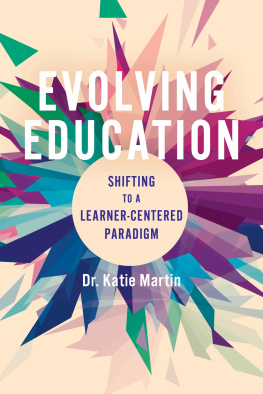
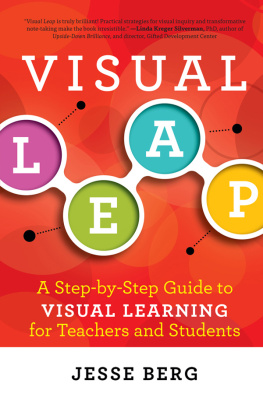

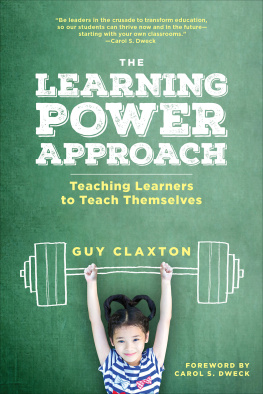

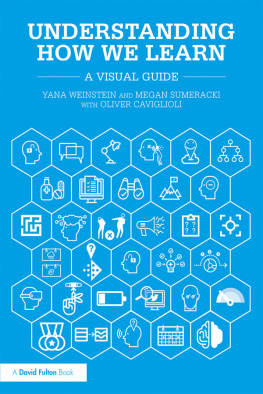
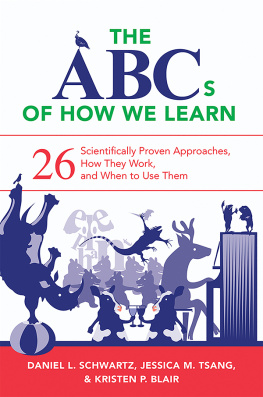
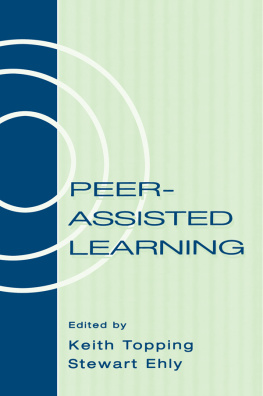
 The paper used in this publication meets the minimum requirements of American National Standard for Information SciencesPermanence of Paper for Printed Library Materials, ANSI/NISO Z39.48-1992.
The paper used in this publication meets the minimum requirements of American National Standard for Information SciencesPermanence of Paper for Printed Library Materials, ANSI/NISO Z39.48-1992.